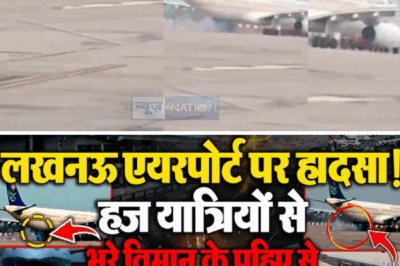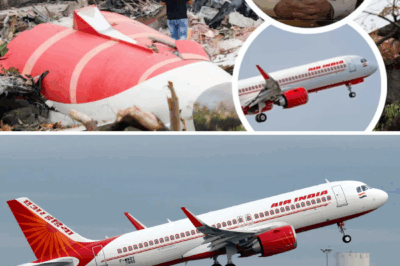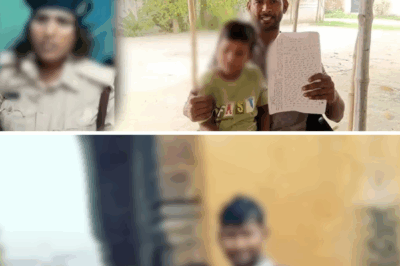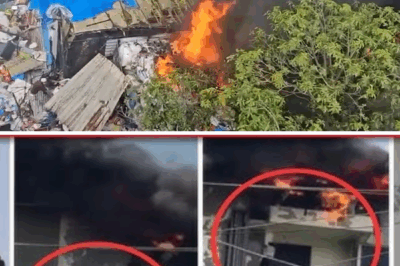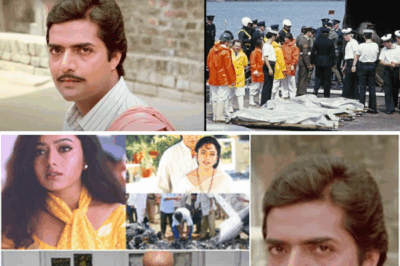The past week in India has been marked by a series of tragic accidents, deaths, and administrative failures. On June 12, a devastating plane crash claimed the lives of nearly all passengers on board. Early this morning, another disaster struck near Kedarnath, where a helicopter crash killed all seven people on board. As this report is being prepared, yet another tragedy has unfolded near Pune, where a century-old bridge over the Indrayani River collapsed, resulting in multiple deaths and dozens missing.

The Indrayani Bridge Collapse:
The 100-year-old bridge near Kundmala village in Pune’s Maval tehsil gave way under the weight of more than a hundred people, many of whom had gathered for leisure, selfies, and social media reels. At the time of writing, rescue operations by NDRF are underway, with at least 41 people rescued and several still unaccounted for. The administration had previously declared the bridge unsafe, and a notice was pasted outside three months ago warning people not to use it. However, no physical barricades or strict measures were in place to prevent public access, especially on weekends when crowds typically swell.
Eyewitnesses state that the bridge was crowded with locals and tourists when it collapsed, with some people even riding bicycles and motorbikes across. The incident is reminiscent of the Morbi bridge collapse, where a similar tragedy occurred due to overcrowding and poor maintenance.
Government Response and Accountability:
Following the incident, Maharashtra’s Deputy Chief Minister Devendra Fadnavis announced compensation of ₹5 lakh for the families of the deceased and ordered an audit of all old bridges in the state. However, questions remain as to why such audits and preventive measures are only taken after fatal accidents. Maharashtra reportedly has over 95,000 bridges, including 478 from the British era, many of which are in varying states of disrepair.
Local residents and opposition leaders have criticized the administration for failing to secure the bridge and prevent access despite knowing its dangerous condition. There were no effective barricades, warning signs, or police presence to stop people from gathering on the bridge. Additionally, the recent heavy rainfall had increased the river’s flow, further raising the risk.
Political leaders from different parties have issued statements expressing condolences and raising questions about government accountability. Some have called for an end to political blame games and urged authorities to focus on fixing systemic issues to prevent such disasters in the future.
A Pattern of Negligence:
This week’s tragedies—plane crash, helicopter disaster, and bridge collapse—highlight a disturbing pattern of negligence and lack of proactive governance. Despite repeated warnings, audits, and guidelines, enforcement remains lax. The authorities often react only after lives are lost, rather than taking meaningful preventive action.
As rescue teams continue to search for the missing, the focus now shifts to whether the government and relevant agencies will learn from these events and implement effective measures to ensure public safety. The hope is that these tragedies will serve as a wake-up call, prompting stricter monitoring, better maintenance, and stronger enforcement of safety standards across the country.
For now, families mourn their losses, and the nation waits for answers—and real change—to prevent such disasters from recurring.
News
Saudia Airlines Plane Lands Safely at Lucknow Airport After Technical Issue
A Saudia Airlines plane carrying 242 Haj pilgrims and crew members experienced a technical issue during landing at Lucknow’s Chaudhary…
Air India Flight Returns to Hong Kong Due to Technical Issues
A recent incident involving an Air India flight has raised concerns about the airline’s safety standards. The flight, which was…
Bihar: Wife caught red-handed with lover… now case against husband, leaving the child and asking for divorce!
Husband Accuses Wife of Infidelity, Seeks Police Intervention A heart-wrenching drama has unfolded in Bihar’s Hajipur, where a husband has…
Tragedy Strikes as Indian Doctor’s Family Perishes in Plane Crash
Tragedy Strikes as Indian Doctor’s Family Perishes in Plane Crash A devastating plane crash in Ahmedabad has claimed the lives…
Massive Fire Erupts at Furniture Shop, Flammable Materials Fuel Rapid Spread
A devastating fire broke out at a furniture shop, with strong winds threatening to worsen the situation at any moment….
Nadiya Ke Paar Actor Inder Thakur Died In Plane Crashes With His Family
The classic film Nadiya Ke Paar holds a special place in the hearts of millions, evoking nostalgia for village life…
End of content
No more pages to load

